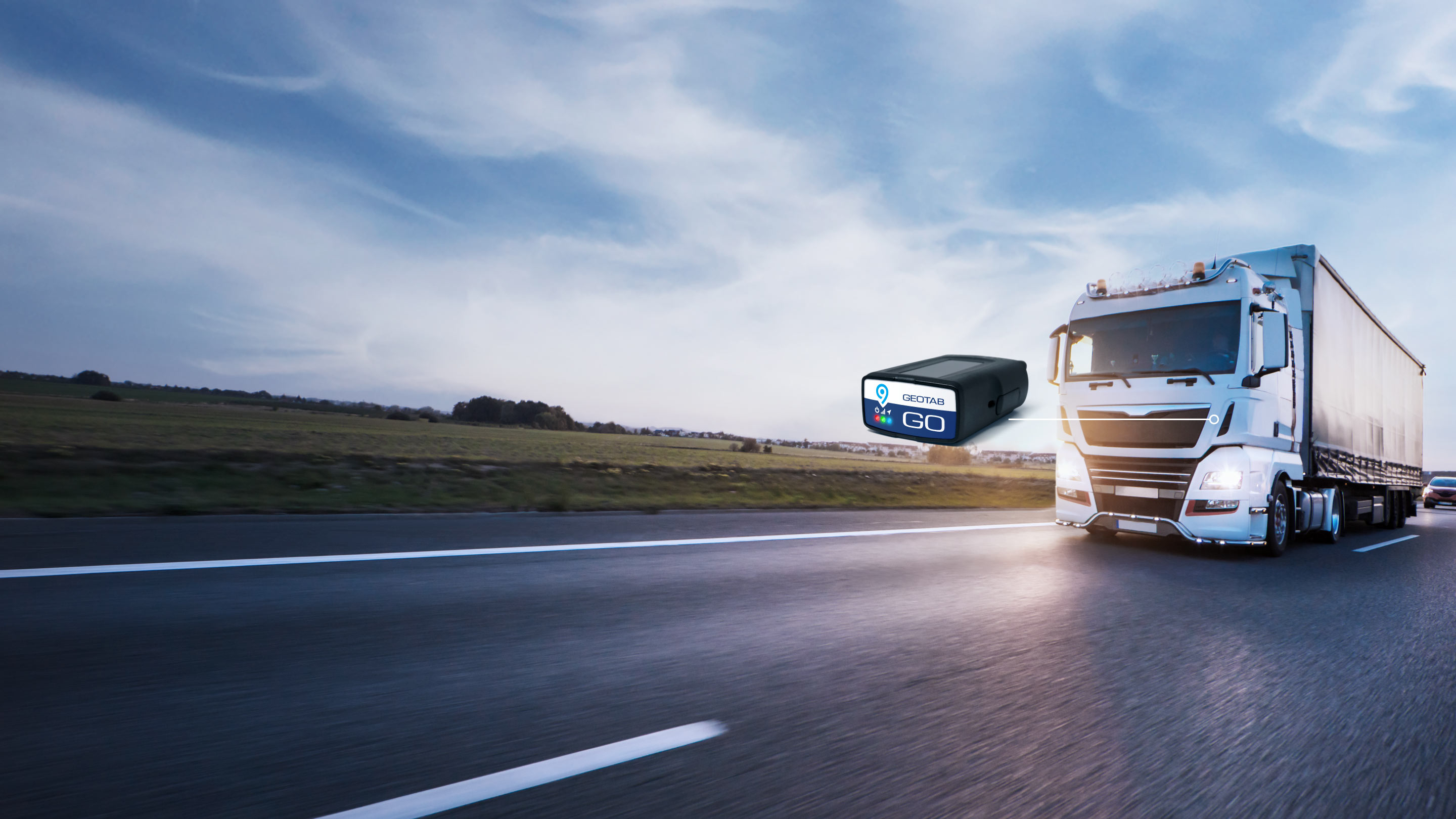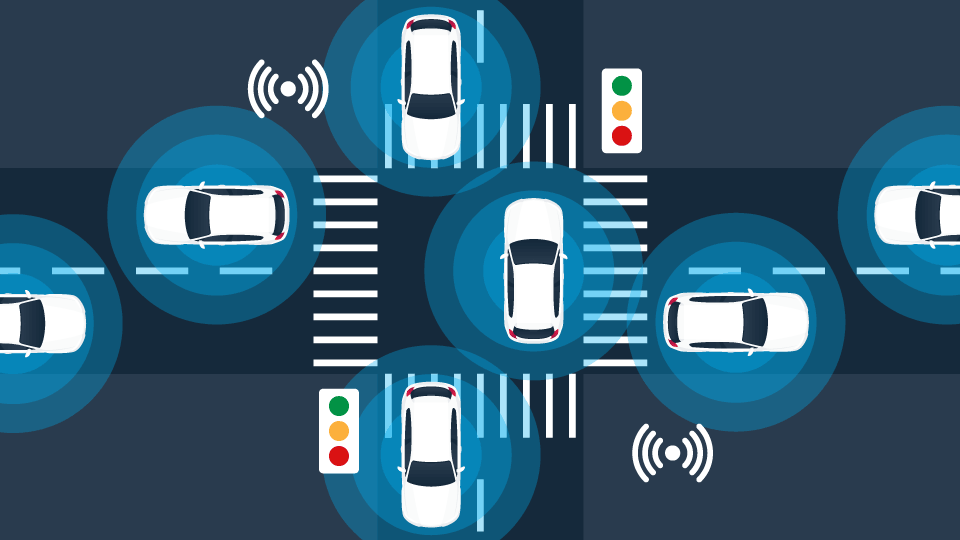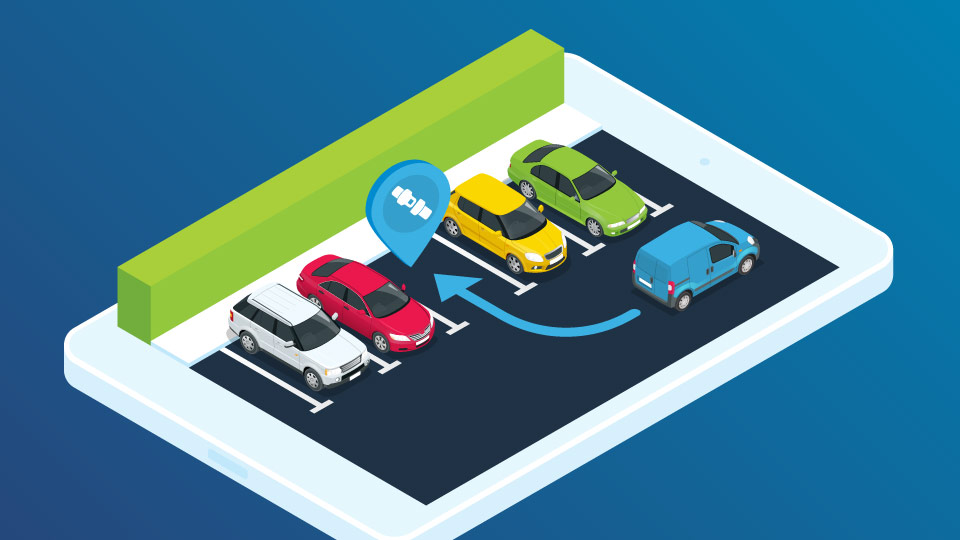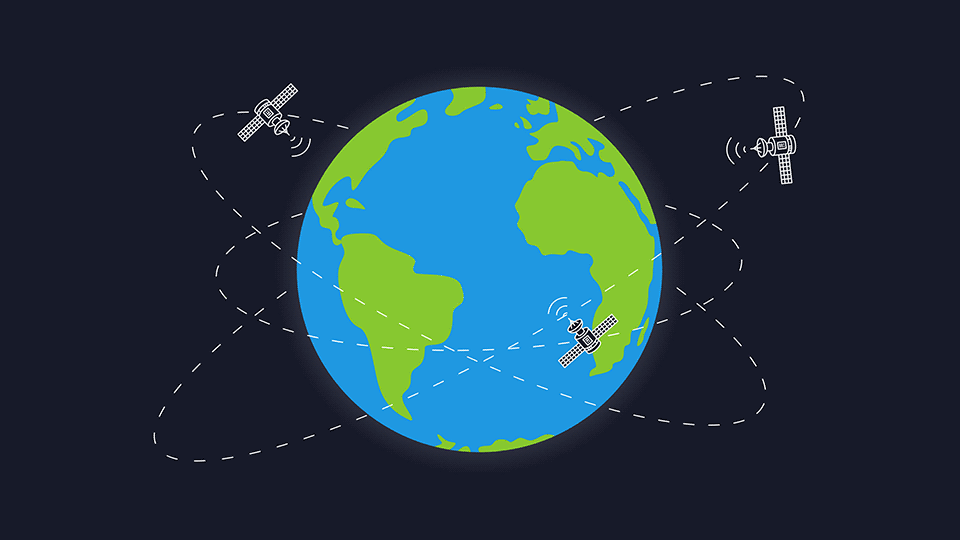10 ways to cut your fuel costs
Cut your fuel costs now with this list of tips, including setting alerts to monitor idling and matching vehicles to routes. Reduce fleet fuel consumption and spending.


When it comes to fuel spending, there are several things that can be done to help cut your fuel costs and save money. The main two areas that it comes down to is either improving the fuel economy of already existing vehicles or acquiring new vehicles with better mpg. While upgrading a whole fleet isn’t always possible, it is important to consider fuel with every new vehicle purchase cycle.
Improving the fuel economy of existing fleet vehicles is an area that fleets can start working on today. Here are 10 strategies to help you reduce fuel consumption and spending.
1. Make sure your tyres are properly inflated.
According to a study published by the NHTSA, fuel efficiency can be improved by an average of 0.6% up to a maximum of 3% with properly inflated tyres (the correct psi).1 That’s because for every 1 psi below recommended tyre pressure, you lose about 0.2% in fuel efficiency.
Tyre pressure is also affected by outside temperatures, so be sure to check tyre pressure frequently, especially when the weather fluctuates. This is especially true in cold climates or extremely hot ones.
Geotab telematics can help to ensure tyre pressure is checked frequently by setting automated emailed maintenance reminders, or by including tyre pressure in your drivers’ vehicle inspection (DVIR) checklist.
2. Check that the oxygen sensor is working properly.
Every vehicle manufactured, starting around the 1980s, are now equipped with at least one oxygen sensor. These sensors constantly analyse the oxygen concentration in the vehicle’s exhaust gases. Input from the sensor is sent to the engine computer to determine how much fuel to add in every combustion cycle. Unfortunately, these sensors do need to be replaced overtime and can become faulty.
Repairing a faulty oxygen sensor can improve mileage up to 40%, as cited by the U.S. Department of Energy.
Geotab can help to identify faulty oxygen sensors by setting up emailed or pop-up exception notifications when a fault is triggered regarding the oxygen sensor. This means prompt repair of the sensor, lessening the impact it will have on the vehicle’s fuel economy.
3. Choose smooth roads wherever possible.
An often-overlooked contributor to fuel inefficiency is road surface quality. Energy from the engine is used for more than forward momentum — every bounce or shake of the vehicle takes away expensive kinetic energy that you paid for at the pump.
Unfortunately, road quality is rarely something under a fleet’s control. But with Geotab, you can help your drivers avoid bad roads by planning and dispatching routes that avoid those areas.
Traffic congestion is a similar issue. In a study published by the University of Michigan Transportation Research Institute (UMTRI), traffic congestion was found to negatively impact a vehicle’s fuel economy by 20-40% depending on the level of gridlock.
4. Right-size engines and match the vehicle to the route.
Choosing the right vehicle for the task is also important. For example, one could select alternative fuel vehicles such as battery-electric vehicles for shorter routes and assign lightweight, petrol vehicles to longer routes.
Downsizing to vehicles with smaller engines can also save a lot on fuel. Oftentimes, the vehicle specifications chosen provide more power than most routes need. For example, one shipping and logistics company purchased lorries with right-sized engines depending on each route, which are now 70-100% more fuel efficient than the lorries they replaced, according to Automotive Fleet (May 2013, p. 20).
5. Keep an eye on idling and smart shifting.
The fewer times your engine is started, the less fuel your vehicle will consume. Changing gears sooner can help lower your overall revolutions per minute, resulting in lower gas consumption.
Another gas guzzling habit is idling. With vehicles running when they probably don’t need to be, unnecessary consumption equates to unnecessary costs, which is only amplified when a business operates more vehicles. Reminding drivers to turn off their engine can have huge paybacks in the short and long term.
Telematics technology can help alert drivers to turn their engines off when their vehicles have been put into “Park.” Idling reports can also allow managers to work with specific drivers who idle regularly.
6. Set speed restrictions.
Reducing and restricting your speed is another method for reducing fuel waste. The implementation of speed restrictions in fleet management can be helpful when it comes to saving fuel. This is due to the fact that slower speeds require less fuel, ultimately resulting in lower fuel expenditures. The UMTRI study found that driving at high speeds can lower a vehicle’s mpg by as much as 30 percent.
Telematics technology can also help drivers reduce fuel consumption by reminding them to slow down and stay within the speed limit. Reports can also provide managers a quick look at which drivers are violating the speeding policy. Learn about more fleet safety here.
7. Curb aggressive driving.
Aggressive driving leads to greater fuel use, which includes speeding, accelerating, harsh braking, and even sharp cornering. It’s important to change driver habits so as to improve vehicle economy. According to the UMTRI study, aggressive driving can negatively affect fuel economy by as much as 20-30 percent.
8. Lighten the load.
Having a lighter vehicle load can help contribute to saving fuel. The lighter the vehicle, the more fuel efficient it will be. Car manufacturers now build vehicles with composite body parts, which significantly decrease the weight of the vehicle.
This also means making sure that drivers are carrying only what they need as part of their cargo. The EPA reports that every extra 100 pounds of weight on a vehicle can lower fuel economy by 1 percent. Carrying cargo on the roof can be even worse.
9. Switch to alternative vehicles.
Switching to alternative fuels or electric vehicles, where possible, is also a great way to lower fuel costs. It can help save on fuel expenses since these vehicles are often cheaper to run per gallon than regular petrol or diesel. Not only can running these vehicles be cheaper, but the associated maintenance costs are typically lower as well since there are fewer moving parts and components that have the potential to fail.
Check out the Department of Energy’s website for more about alternative vehicles.
See also: Exploring the varied benefits of fleet electrification
10. Work with the right telematics partner.
Here at Geotab, we are dedicated to helping businesses realise a solid return on their telematics investment. Getting better mpg lies at the heart of what we do, as there are many contributing factors for reducing overall fuel expenditures.
References:
- NHTSA. (2012). Evaluation of the Effectiveness of TPMS in Proper Tyre Pressure Maintenance. [Online] Available: https://www.fueleconomy.gov/feg/pdfs/811681.pdf
- Sivak, M. & Schoettle, B. (2011, Aug). Eco-Driving: Strategic, Tactical, and Operational Decisions of the Driver that Improve Vehicle Fuel Economy. The University of Michigan Transportation Research Institute. [Online] Available: https://deepblue.lib.umich.edu/bitstream/handle/2027.42/86074/102758.pdf?sequence=1&isAllowed=y
See also: 5 Eco-driving tips to save fuel

Ethan Weir is a Senior DevOps Engineer for Geotab.
Table of contents
- 1. Make sure your tyres are properly inflated.
- 2. Check that the oxygen sensor is working properly.
- 3. Choose smooth roads wherever possible.
- 4. Right-size engines and match the vehicle to the route.
- 5. Keep an eye on idling and smart shifting.
- 6. Set speed restrictions.
- 7. Curb aggressive driving.
- 8. Lighten the load.
- 9. Switch to alternative vehicles.
- 10. Work with the right telematics partner.
Related posts





